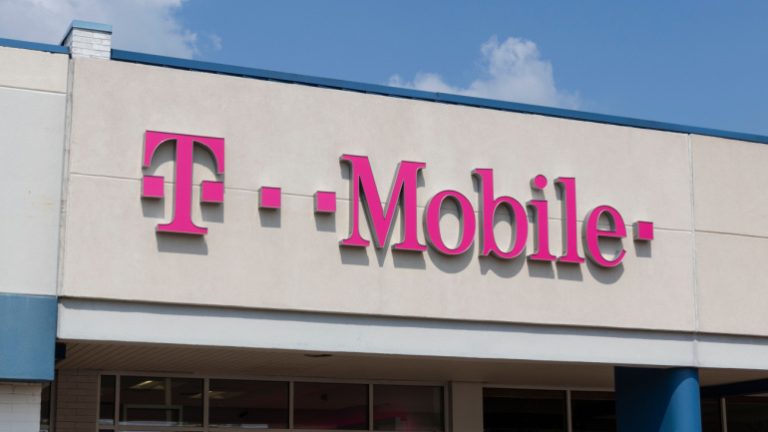
On Tuesday, Spark announced plans to trial satellite-to-mobile services later this year, showing interest in expanding into space connectivity. The New Zealand-based operator is being highly realistic about the impact of this technology, especially in the short term, as it provides additional coverage and network resilience.
Spark will work with satellite provider Lynk to launch a free trial service for a subset of its existing mobile customers by the end of the year. This is subject to successful testing in the interim and the receipt of regulatory approvals. Details on participation, the opt-in process, and timings will be revealed in the coming months.
Initially, the trial will allow customers to use satellite connectivity for text messaging at periodic intervals during the day. It will then build towards a more regular service in 2024 as more commercial satellites are deployed. Once more satellites are available, Spark plans to open the trial to additional customers. Lynk currently has three satellites in orbit, or cell towers in space, capable of providing direct connectivity to mobile handsets.
Spark also aims to offer voice and data services in the future, depending on availability and reliability. Tessa Tierney, Spark Product Director, stated that while the technology has “an important role to play” in connecting New Zealand, it cannot provide 100% coverage. Satellite connectivity requires a clear line of sight to the sky and can be impacted by inclement weather, buildings, vehicles, vegetation, and other factors. Tierney did acknowledge, however, that satellite technology adds an additional layer of resilience, especially in the face of climate change-induced severe and frequent weather events.
Meanwhile, major competitor 2degrees announced a partnership with Lynk earlier this month to trial a text messaging service as well. Both Spark and 2degrees are essentially waiting for Lynk to increase its coverage.
In addition to Lynk, Spark is also partnered with Netlinkz to provide Starlink business-grade satellite broadband to customers later this year. The companies are currently conducting trials with a select number of businesses. Tierney emphasized that these partnerships are part of Spark’s broader strategy to use satellite as part of its connectivity offerings and that the company is continually working with potential partners to expand its services.
Direct satellite-to-mobile services and other satellite-based offerings may still be in their infancy, but it is clear that they will play a significant role for mobile operators in New Zealand and other locations. As this technology continues to evolve, operators like Spark are being cautious yet optimistic about its potential impact on telecommunications.




